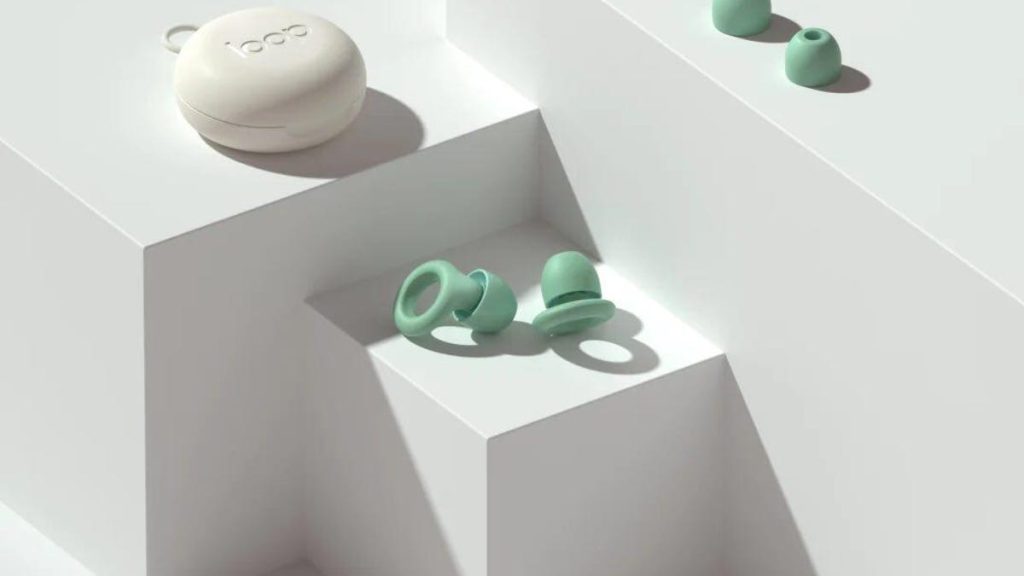Enhancing Sleep Quality with Earplugs: A Comprehensive Guide
Sleep, a fundamental pillar of human well-being, can be elusive for those sensitive to noise. Even with the plethora of sleep-inducing products available, persistent noise can disrupt the tranquility needed for restful slumber. Earplugs offer a practical solution, creating a barrier against unwanted sounds and promoting improved sleep. This comprehensive guide explores the world of sleep earplugs, examining various types, key features, and important considerations for selecting the perfect pair to transform your nights.
Navigating the Earplug Landscape: Types and Features
The market offers a diverse array of earplugs designed for sleep, each with its own set of advantages and disadvantages. Traditional foam earplugs remain a popular choice due to their affordability and widespread availability. However, their disposable nature can contribute to environmental concerns and long-term costs. Reusable options, often made from silicone or wax, offer a more sustainable and economical alternative. Silicone earplugs, often moldable, conform to the unique shape of each ear canal, creating a personalized and comfortable fit. Wax earplugs offer similar moldability and can be a good choice for those with sensitive ears. Furthermore, some earplugs, such as those designed for musicians or concert-goers, prioritize sound reduction without complete blockage, allowing for awareness of surroundings while mitigating excessive noise.
Key Considerations for Selecting Sleep Earplugs
Choosing the right earplugs involves considering several factors to ensure optimal comfort, effectiveness, and safety. Material plays a crucial role in both comfort and functionality. Foam earplugs, though inexpensive, may irritate sensitive skin and offer less durability than silicone or wax options. Noise reduction rating (NRR) is a critical metric, indicating the level of sound attenuation provided by the earplugs. A higher NRR signifies greater noise blocking capability. Reusable earplugs, while initially more expensive, offer long-term cost savings and reduced environmental impact. Proper fit is essential for both comfort and effectiveness. Earplugs that are too large can cause discomfort and pressure, while those too small may not adequately block noise or stay securely in place.
Top-Rated Earplugs for Sleeping: A Comparative Analysis
Mack’s Pillow Soft Silicone Putty Earplugs stand out for their moldable design, creating a custom fit and effective noise reduction. Eargasm Squishies offer similar moldability and comfort, with the added benefit of being customizable in size. Mack’s Slim Fit Foam Earplugs cater to individuals with smaller ear canals, providing a snug fit and substantial noise blocking. Vibes Hi-Fidelity Earplugs, originally designed for concerts, reduce noise levels without complete isolation, making them suitable for travel or situations where some sound awareness is desired. Loop Quiet Earplugs offer adjustable tips for a personalized fit, while Happy Ears Earplugs prioritize sustainability, using recycled materials and eco-friendly packaging.
Prioritizing Safety and Hygiene in Earplug Use
While earplugs can significantly improve sleep quality, it’s crucial to prioritize safety and hygiene. Individuals with ear infections, excessive earwax buildup, or other ear-related concerns should consult a healthcare professional before using earplugs. Reusable earplugs require regular cleaning according to manufacturer instructions to prevent bacterial growth and potential infections. Disposable earplugs should be discarded after each use to maintain hygiene. Proper insertion and removal techniques are essential to avoid pushing earwax further into the ear canal or causing damage to the eardrum.
Beyond Earplugs: Complementary Strategies for Noise Reduction
While earplugs offer a direct solution for noise reduction, other strategies can further enhance sleep quality in noisy environments. White noise machines generate soothing sounds that mask disruptive noises, creating a more peaceful sleep environment. Sound-masking devices emit a low-frequency noise that helps blend and neutralize background sounds. Strategic placement of furniture and rugs can absorb sound and minimize noise transmission. Thick curtains can dampen outside noise and create a darker, more conducive sleep space. Creating a relaxing bedtime routine, such as taking a warm bath or reading, can help prepare the mind and body for sleep, reducing sensitivity to noise.

